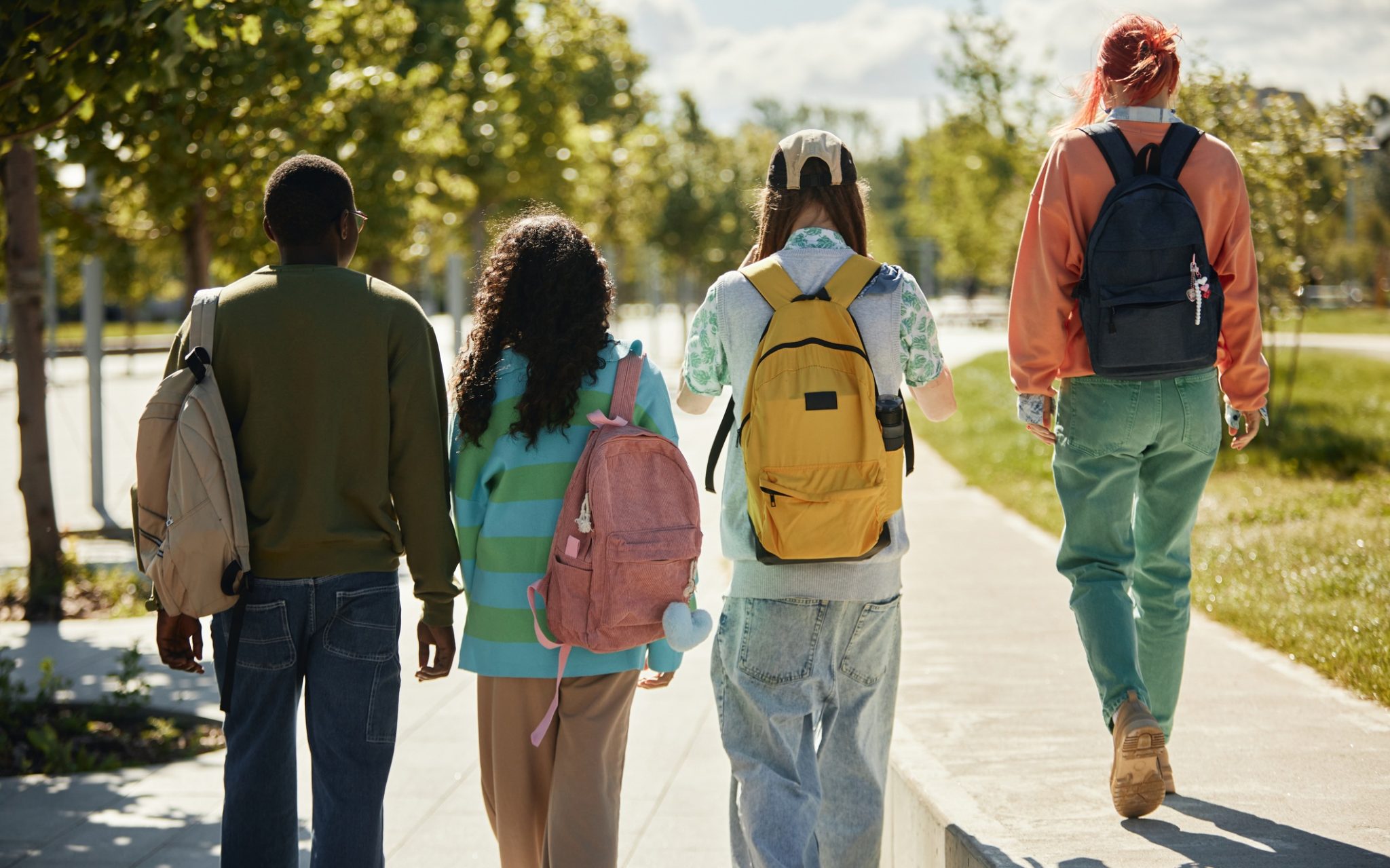New Health of America report highlights youth mental health trends
The Blue Cross and Blue Shield Association recently released a new Health of America Report focusing on youth mental health and trends in diagnosis and treatment of Major Depressive Disorder (MDD). MDD is a serious mental health condition among youth, often associated with adverse childhood experiences (ACEs) —traumatic events that occur in childhood.
Symptoms of MDD include changes in daily functioning, decreased energy, changes in sleep, appetite and concentration, and increased feelings of hopelessness or guilt.
Report Findings
The report examined medical claims spanning 2019 to 2023 from more than one million Blue Cross and Blue Shield (BCBS) commercially insured youth with MDD between the ages of 6 and 17. Here are the key findings:
MDD prevalence rates in youth spiked during the COVID-19 pandemic and remain significantly elevated. Teens ages 15-17 years are most affected, with the prevalence of MDD doubling from 2019 to 2022.
MDD Prevalence rates are lower in socially vulnerable and majority Black, Hispanic, and Asian/Pacific Islander communities. Prevalence of MDD in Black and Hispanic youth was 30% lower and in Asian/Pacific Islander youth was 50% lower than in White youth. Prevalence of MDD in the most socially vulnerable youth was 25% lower than the least socially vulnerable youth.
Socially vulnerable and Black and Hispanic youth are more likely to be diagnosed with MDD for the first time during a crisis event. The most socially vulnerable youth are 40% more likely to be diagnosed with MDD during a crisis event than the least socially vulnerable youth. Black youth are 50% and Hispanic youth are 25% more likely than White youth to be first diagnosed with MDD during a crisis event.
Primary Care Providers (PCPs) are critical sources of in-community behavioral health services, accounting for 41% of all new MDD diagnoses in youth.
Psychotherapy and prescription treatment rates have risen for youth with MDD, including an increase in telehealth therapy use.
Blue Cross and Blue Shield of Minnesota is working to increase access to youth behavioral healthcare
In the past year, Blue Cross and Blue Shield of Minnesota (Blue Cross) has made significant strides in increasing access to behavioral healthcare for our youngest members, adding nearly 2,000 mental health providers to our network, including Charlie Health and Little Otter.

Charlie Health provides care for high-acuity needs for both adolescents and adults, while Little Otter provides mild to high-acuity services for children and their families.
Historically, it was not uncommon for many families seeking behavioral healthcare to experience long wait times. With the addition of Little Otter to the Blue Cross network, families have access to the Little Otter Family Mental Health Checkup, which takes less than 10 minutes to complete. Patients are then connected to a licensed clinician within 48 hours. Little Otter also offers seamless referrals to providers like Charlie Health when intensive outpatient care is needed.
Blue Cross also made investments to help open the Rural Behavioral Health Clinic at Minnesota State University, Mankato. The clinic, which opened in February, provides in-person mental health counseling, case management and medication management to clients of all ages.
The clinic will also help meet regional workforce needs by allowing students to train side-by-side with experienced faculty and clinicians in preparation for careers as mental health professionals.
Learn more
To read the full Health of America report, click here.
To learn more about the behavioral health services provided by Blue Cross and Blue Shield of Minnesota, click here.



